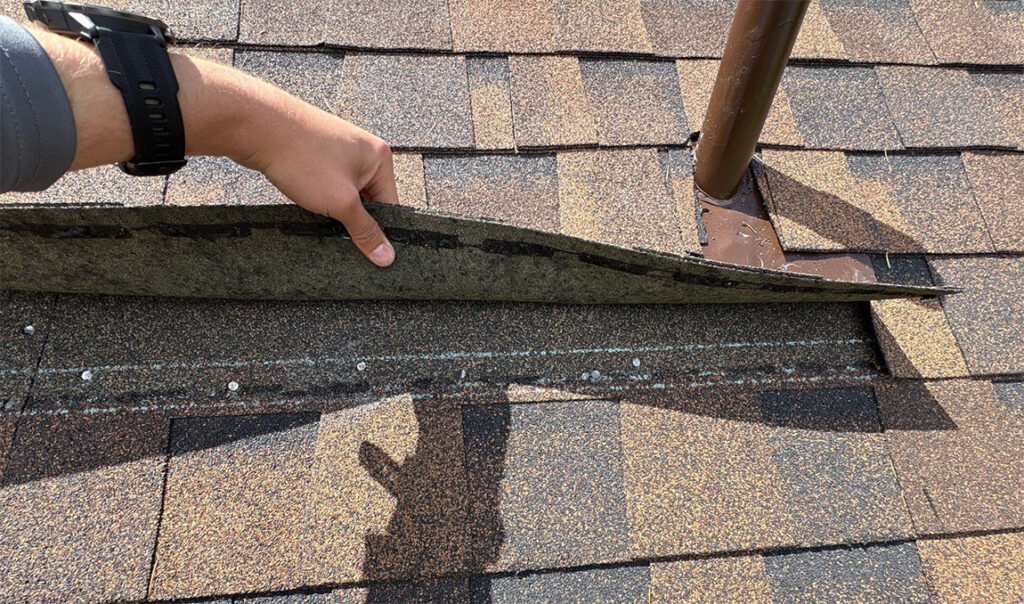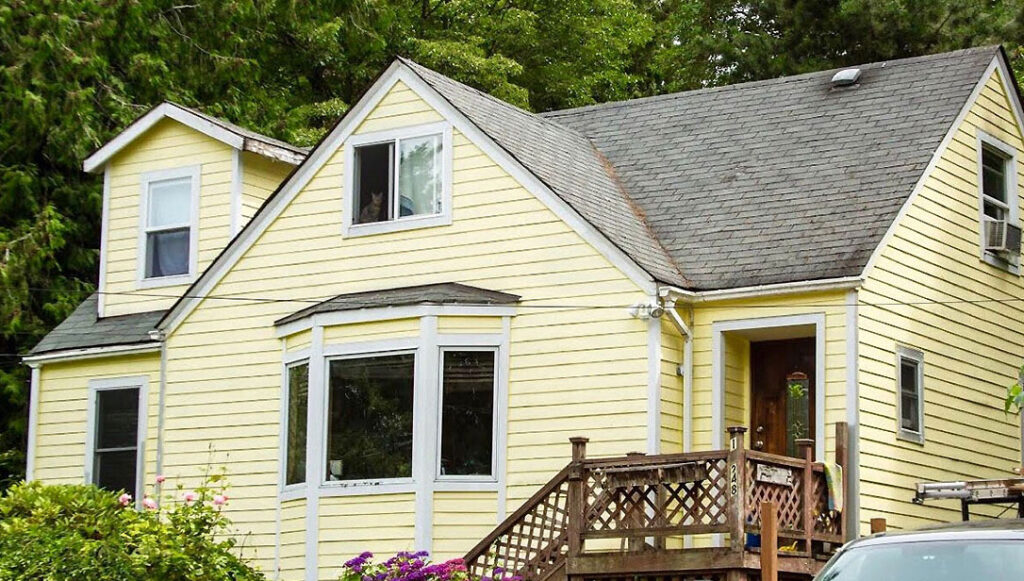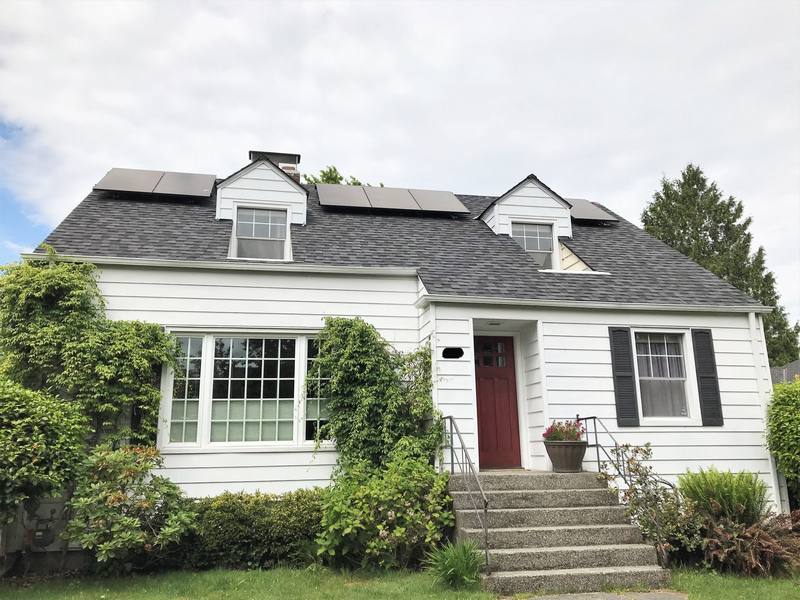As temperatures rise and the days grow longer, spring brings more than just blooming flowers and warmer weather—it also signals the perfect time for homeowners to take a closer look at the condition of their roofs. Roof inspections are often overlooked until a major problem arises, but waiting too long can lead to extensive and costly repairs. Spring is widely considered the best time of year for a roof inspection, and for good reason.
This blog will explore why spring offers the ideal conditions for roof assessments, what signs to watch out for, and how early intervention can save you from the hassle and expense of emergency repairs down the line.
Why Spring is the Perfect Time for Roof Inspection
It’s the Season That Follows Winter—and the Damage It Caused
Winter weather can be especially harsh on your roof. Snow, ice, and freezing temperatures may have taken a toll on your shingles, gutters, and flashing. Ice dams, heavy snow buildup, and repeated freeze-thaw cycles can cause cracks, loosen materials, and allow water to seep in. By scheduling a roof inspection in spring, you can uncover any hidden damage left behind by winter before it worsens.
It Has Good Weather for Roof Work
Spring’s milder weather makes it safer and more efficient for roofing professionals to conduct thorough inspections and repairs. Unlike the icy conditions of winter or the sweltering heat of summer, spring offers moderate temperatures and more predictable forecasts. This allows contractors to work more comfortably and spot issues like shingle deterioration, flashing gaps, and moss growth with greater visibility.
Repairs Can Be Done Before Heat Worsens the Problems
Roofing issues that begin in winter can rapidly worsen under the intense heat of summer. Cracked shingles can curl or blister, small leaks can expand, and moisture trapped in your roof’s underlayment can foster mold or rotting. Getting ahead of the heat allows you to make necessary repairs before high temperatures aggravate the damage and increase repair costs.
Demand for Roof Repair Increases in Summer
Waiting until summer to schedule a roof inspection or repairs could mean longer wait times and higher prices. Summer is the busiest season for roofing companies, with homeowners rushing to complete upgrades or fix damage before fall. By acting in spring, you’ll have more flexibility in scheduling, often at more competitive rates.
Moss and Algae Start Spreading in Mid-Spring to Early Summer
Spring’s moist conditions create the perfect environment for moss and algae to thrive, especially on shaded or north-facing roof sections. Left unchecked, moss can lift shingles and allow water to infiltrate your roofing system. Algae, while mostly cosmetic, can also trap moisture and degrade roofing materials over time. Inspecting your roof in spring allows you to catch early signs of growth and take preventive measures before the problem spreads.
What Signs to Expect When Your Roof Has a Problem
Even without a professional inspection, there are several warning signs that your roof may be in need of attention. Spotting these early can make a big difference in maintaining your home’s integrity and value.
Cracked or Missing Shingles
Shingles that are cracked, curled, or completely missing expose the underlying roof structure to water and sun damage. These issues are common after heavy storms or prolonged winter conditions and should be addressed promptly.
Water Stains on Ceilings
Brownish stains on your ceilings or upper walls are often a sign of a roof leak. These leaks can stem from damaged shingles, flashing failures, or compromised underlayment—and they won’t get better on their own.
Sagging Spots
A sagging roofline or interior ceiling can indicate structural damage, often caused by moisture buildup. This is a serious issue that requires immediate professional attention.
Gutter Problems
Gutters clogged with debris, shingle granules, or moss not only impair drainage but also hint at underlying roof damage. Improper water flow can lead to foundation issues and rot around fascia boards.
Moss and Algae Growth
If you notice green or black streaks across your roof, you’re likely dealing with moss or algae. While often underestimated, these organisms can cause shingles to deteriorate and create an environment conducive to leaks and mold growth.
Damage Around Chimneys and Vents
Roof penetrations such as chimneys, skylights, and vents are common sources of leaks. Cracked flashing or missing sealant in these areas can allow water to seep in unnoticed.
Schedule Your Spring Roof Inspection Today
Regular roof maintenance is essential to protect your home and your investment. Spring provides the ideal window for inspecting and repairing your roof before minor issues turn into major headaches. Whether you’ve noticed signs of damage or simply want peace of mind after a tough winter, don’t delay—schedule your roof inspection today.
Roofscapes NW has years of experience inspecting, installing, replacing, and repairing various types of roofing in the Pacific Northwest. Combining our roofing skills with local insights, our roof inspection service is aimed at prolonging the lifespan of your roof.
With the right timing and professional guidance, you can ensure your roof remains strong, safe, and ready for whatever the seasons ahead may bring.



